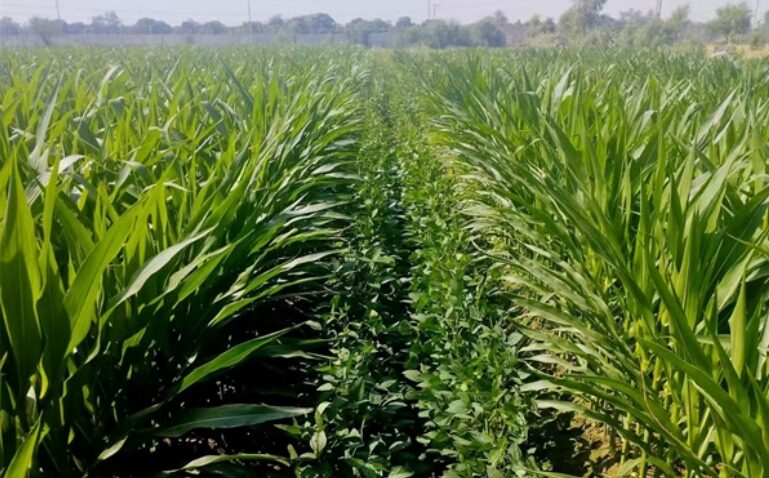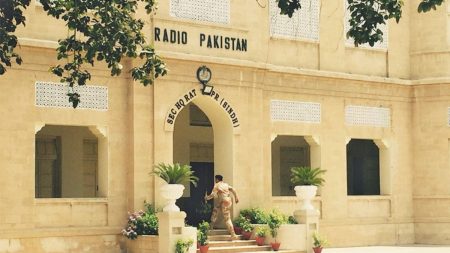Islamabad, Nov 8: Chinese Intercropping Technology Helps Pakistan Tackle Cotton Crisis, Says Expert. Chinese intercropping technology has revolutionized Pakistan’s agricultural landscape since its launch in 2018, significantly improving both yields and crop durability.
The National Research Center of Intercropping (NRCI) in Pakistan has seen a substantial number of farmers eager to embrace this innovative technique, particularly focusing on crops such as maize, wheat, sugarcane, and cotton. As part of its strategic drive, NRCI plans to broaden the demonstrations of maize-soybean intercropping into additional districts, primarily targeting Punjab.
The intercropping technology, which has already been tested by over 1,000 farmers, has shown encouraging outcomes that increase yield and resource use efficiency. Initial trials in Punjab reveal soybean yields of 10-14 maunds and cotton yields of 15-18 maunds per acre, as reported by NRCI Director Dr. Muhammad Ali Raza. This season, NRCI is advocating for the intercropping of Bt cotton with soybean, a strategy crucial for revitalizing cotton production, which has seen a decline in the last decade.
The refined cotton-soybean intercropping approach has been vital in shielding crops from prevalent pests like whiteflies and pink bollworms, which have traditionally troubled cotton growers. By implementing this technique, farmers can achieve enhanced soybean yields while also ensuring consistent cotton production. The NRCI aims to assist farmers in reducing risks and maximizing their output to tackle the issues faced in Pakistan’s cotton sector.
Additionally, a partnership with Peking University has introduced high-yielding maize and soybean varieties to Pakistan, along with specific herbicides designed to manage weeds in intercropped fields. These developments highlight the significance of intercropping in fostering sustainable agricultural practices, enabling Pakistani farmers to accomplish more with decreased resources. With intercropping technology leading the way, Pakistan’s agricultural sector is better equipped for expansion, resilience, and sustainability.









